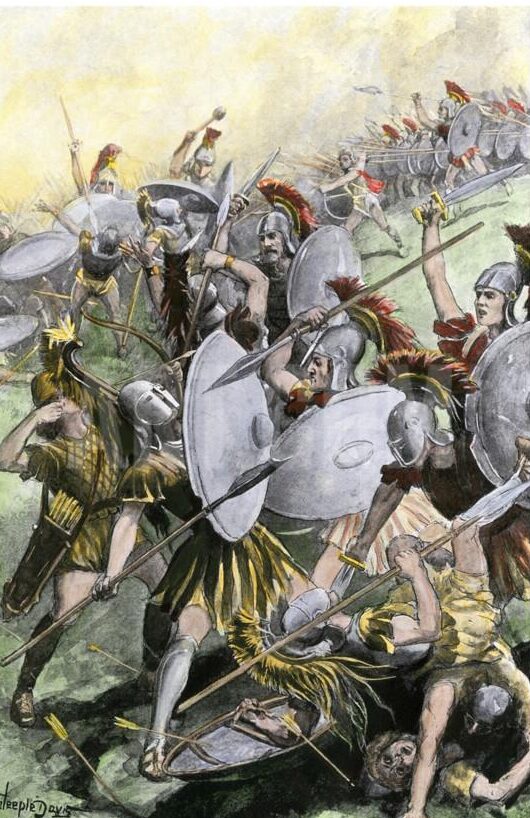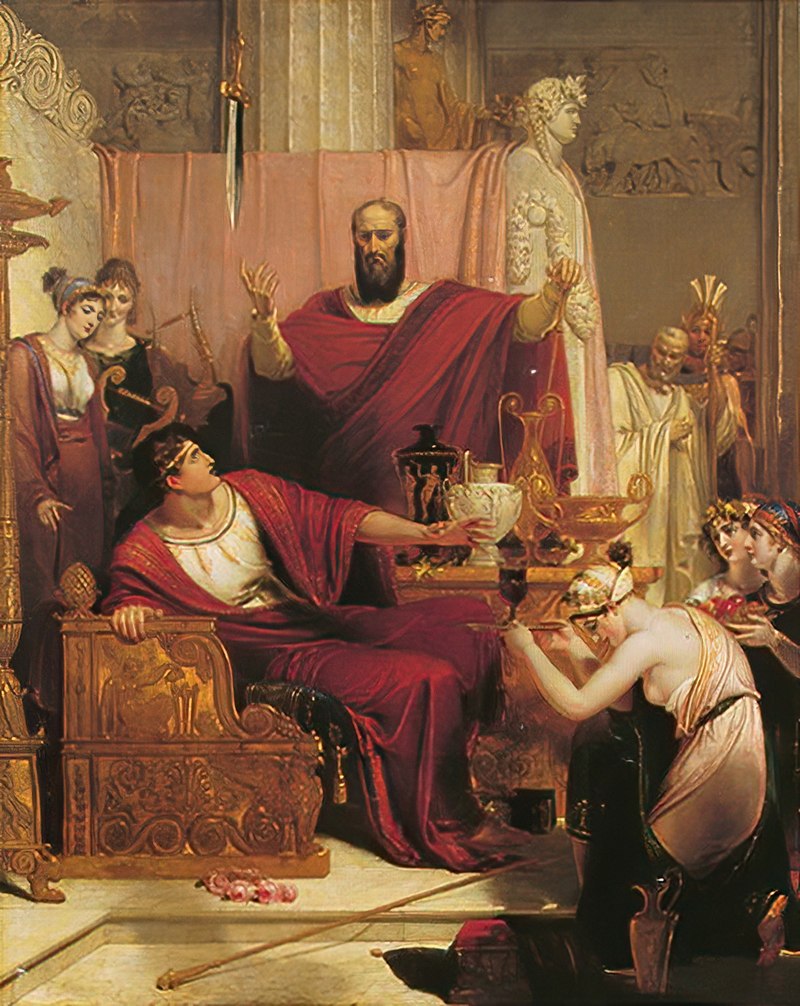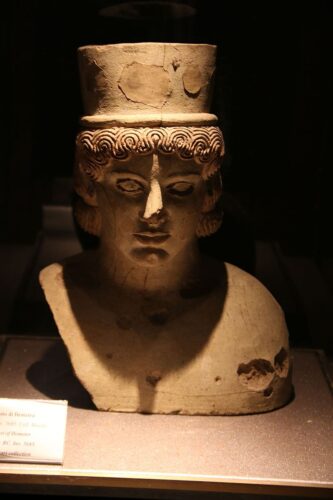Birth
Man appeared in Sicily in the Paleolithic age, about half a million years ago according to the excavational finds so far. Up until the 1960’s the presence of man in Sicily had been placed in the period of 30,000 to 20,000 years ago (Upper Paleolithic) and was linked to the presence of various nomadic groups which occupied the numerous caves of the Sicilian coastline periodically. During the Bronze Age (after 1600 BC) we have the emergence of the Culture of Castelluccio with settlements across the island, mostly on hilly ground and commercial relations with Malta and the Mycenaean world. Around 1300 BC a large migration group known as the Sicani leaves the Iberian Peninsula (according to ancient historians) for Sicily where they settle the western and central part of the island. Homer refers to the Island as Sicania. Around 1250 BC a group known as Sikeloi landed on the island after they were forced out of the Italian peninsula and after a series of conflicts with the Sicani took over the Eastern part of the island. They would be the ones who would borrow their name to the island still used today. More would follow. Ausoni from Italy, Elimi from Troy who took over the western part of the island and Phoenicians who settled in 11th and 10th centuries BC creating their own cities like Palermo.

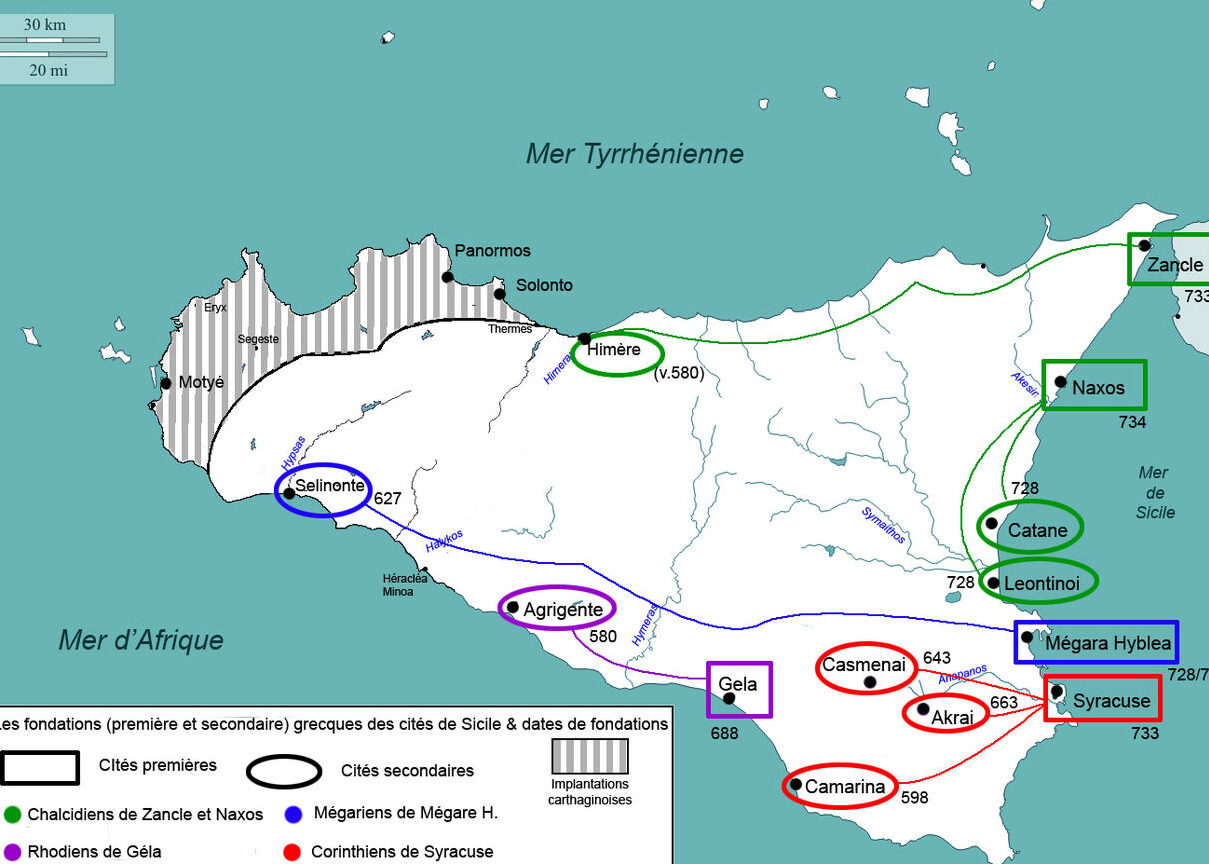
For the Ancient Greeks, Sicily was the island where Odysseus met with Polyphemus, the leader of the Cyclops and the Lestrigoni, people of gigantic stature and anthropophagous. It was also a place they knew well through commerce since the Mycenean age. According to Thucydides, Catania was founded in 729 BC by Greek colonists from Chalcis in Euboea: after founding Naxos on the Eastern coast of Sicily in 734 BC, they pushed southwards by force of arms to drive the Sicilians from their seats and created the cities of Leontini and Catania. Recent excavation inside the Ursino Castle confirm the Ancient Greek historian. Greek structures and materials have been found dating back to the period between the end of the eighth and the beginning of the seventh century, that is attributable to the original phase of the colony of Catania.
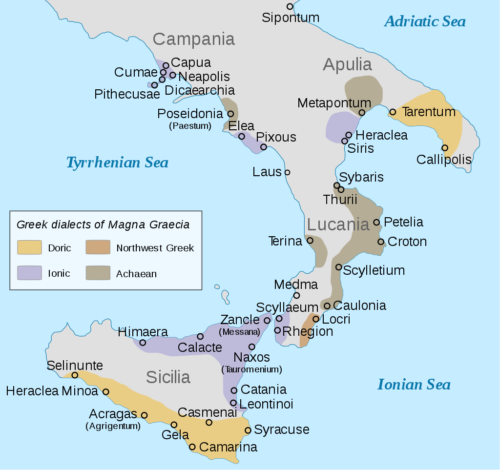
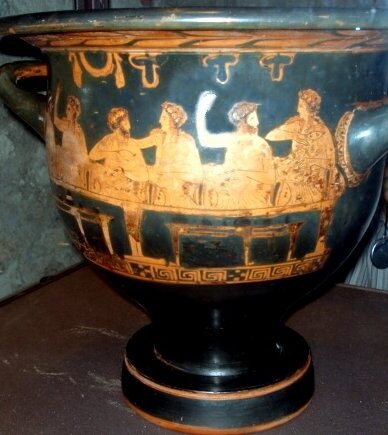
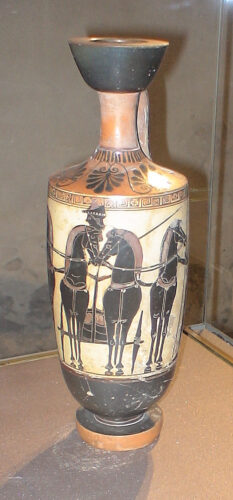
For the seventh and sixth centuries the literary sources are stingy with information on Katane (this is the name of the city in Greek times): they however let us know that, in the initial decades of the sixth century, Charondas a student of Pythagoras, became the city’s legislator with his laws later being adopted by all Chalkidian colonies of Magna Graecia. His laws dealt in particular with family law and were praised later by Aristotle himself. Contrary to literary sources, archaeological evidence abound for the progressive – and not peaceful – expansion of the Chalcidian colony in its hinterland. 6th century ceramic materials coming not only from the workshops of Athens and Corinth, but also of Sparta, Chios and other Greek centers, reveal that Katane was fully integrated in the Hellenic world.

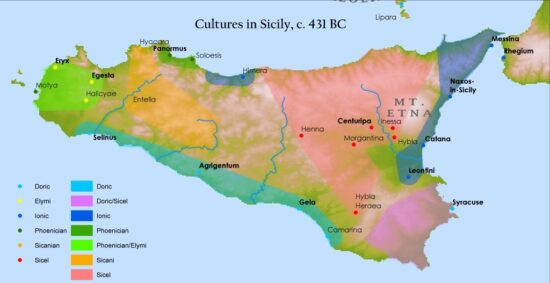
In 476 BC the conquest by the Syracusan tyrant Hieron I upset the life of the city: he expelled the inhabitants of Chalcis, repopulated it with a large number of Dorians of Syracusan and Peloponnesian origin, and renamed it Aitna (Etna). The mint of Aitna adopts the figure of Zeus Etneo, the divinity responsible for the activity of the volcano according to the Greeks. In 461 BC, however, after the fall of the Syracusan tyranny, the Chalcidesi returned to their city giving it back its ancient name of Katane.
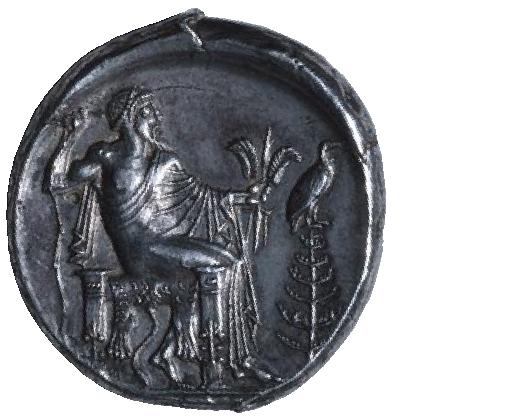
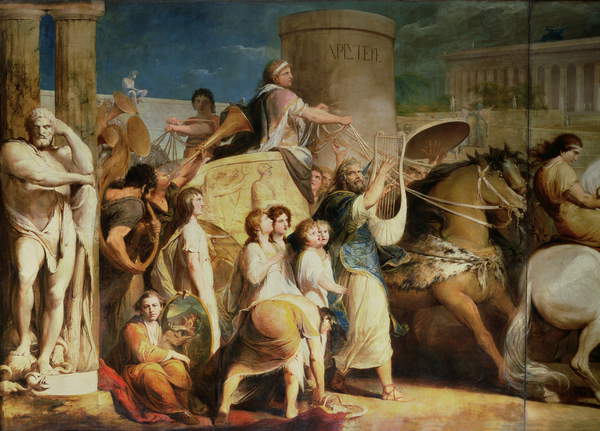
In the second half of the 5th century, during the great Athenian expedition to Sicily (415-13 BC), the inhabitants of Catania (of Ionian descent themselves) lined up on the side of the Attic city, with a main goal to counter, among other things, the aims of nearby Syracuse on their own territory. A decade after the Athenian defeat, in 403 BC, Catania itself was conquered by the Syracusan tyrant Dionysius the Great: he partly sold the inhabitants as slaves and he introduced groups of his mercenaries as the new citizens. After these events, in the fourth century and in the first decades of the third, Catania remained in the orbit of Syracusan power. Indicative in this sense is also the fact that among the most widespread statuettes of the fifth and fourth centuries, is that of the type of the Kore, priest of Dimitra, introduced with all likelihood by Hieron I at the time of the first Syracusan conquest of Catania.
